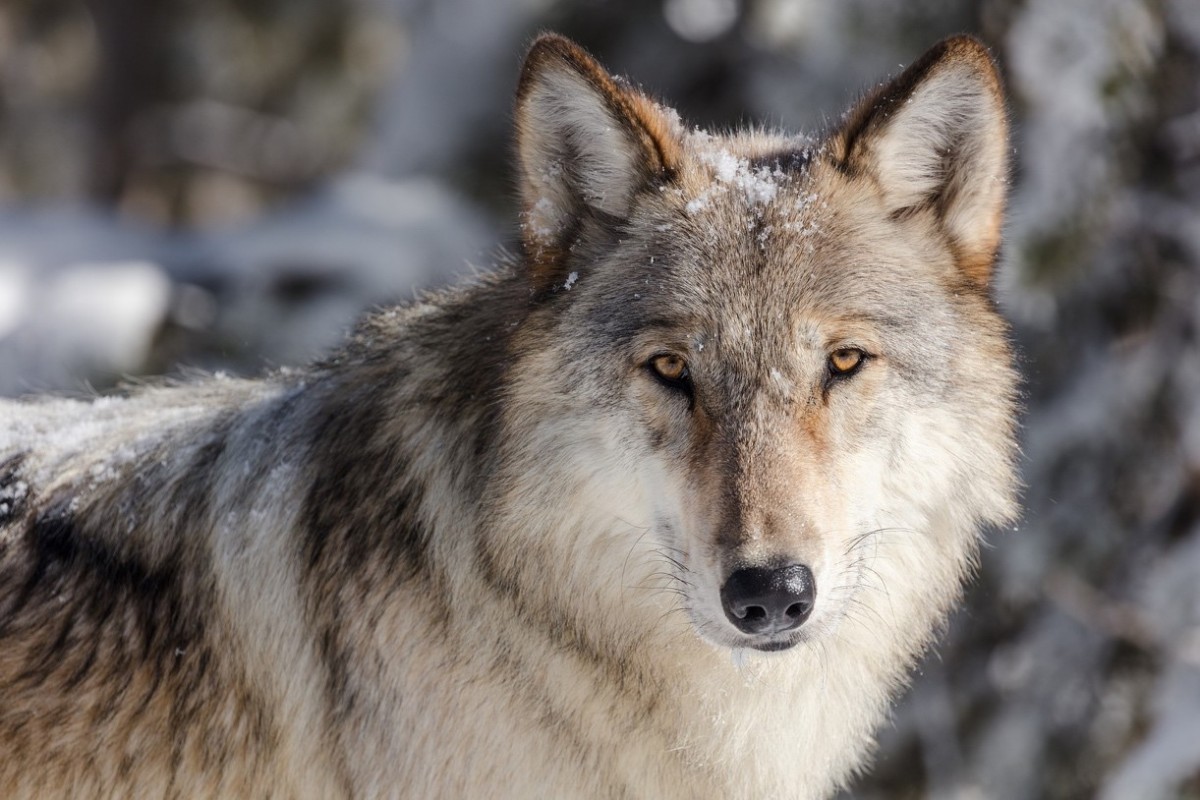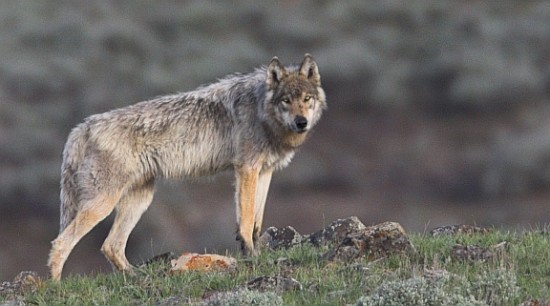
It’s been roughly a century since wolves were intentionally exterminated in California after decades of being persecuted by hunting, trapping, and poisoning. Seen as a threat to livestock and to game species favored by hunters, wolves in California and across the rest of the nation were systematically killed.
But in recent decades, federal management programs in the Rockies and elsewhere resulted in gray wolves recovering historic habitat and expanding their isolated populations. Wolves are capable of routinely covering vast distances, and over time wolf packs in Oregon generated wolves that crossed the state line and entered California. The first known wild gray wolf proven to enter California in nearly a century (named OR-7) was documented in 2011. In 2015, a breeding gray wolf pair and their pups became the first wolf pack known to be established in California in modern times.
The State listed gray wolves in 2014 under the California Endangered Species Act, which prohibits killing, pursuing, catching, or capturing wolves except under rare exceptions. State and Federal wildlife agency staffs work together to study wolves in the state, investigate any reports of depredation on livestock, and attempt to track wolves to understand where they are present and how to minimize conflicts with humans.
On the State Department of Fish and Wildlife’s gray wolf website, biologists share information about current wolf packs (such as one known as the Lassen Pack) and about dispersing individual wolves that can be detected due to their satellite tracking collars.
OR-54 was a female gray wolf that weighed 83 pounds when she was collared by Oregon biologists in 2017. Since then she crossed into California numerous times and has also returned twice back to Oregon. Last fall, in September, OR-54 traveled south through the Northern Sierra and actually crossed south of Highway 80 in the Tahoe region before she moved back north of Tahoe. In the two years since January of 2018, this collared female gray wolf has traveled more than 8,700. Within the last two months of 2019, her collar finally stopped functioning, so her current location was unknown. Sadly, she was found dead in early February in Shasta County.
After being presumed exterminated in California for a century, the first wolf proven to enter California came from Oregon in 2011. Just 8 years later, a wolf has been proven to travel as far south as the Tahoe Basin.
It is highly likely that wolves exploring new territories will continue to search out new locations, and the Northern Yosemite region is mostly wild, easily accessible, and full of food sources. Will wolves migrate into the Stanislaus Forest and Yosemite National Park in the next few years? Can they avoid harm from those who see wolves as a threat to the human dominance of the ecosystem?

CSERC supports the State’s wolf management plan -- which does not aim to introduce wolves into new locations. Instead, the plan aims to allow the natural dispersal of wolves in the State and to take management actions intended to avoid conflicts between humans and wolves.
In a decade or less a wolf pack In the Stanislaus Forest or Yosemite may no longer be a fantasy of wolf advocates. It will be up to the wolves themselves to decide where to travel and when and where to hunker down to form a pack and raise their young.

